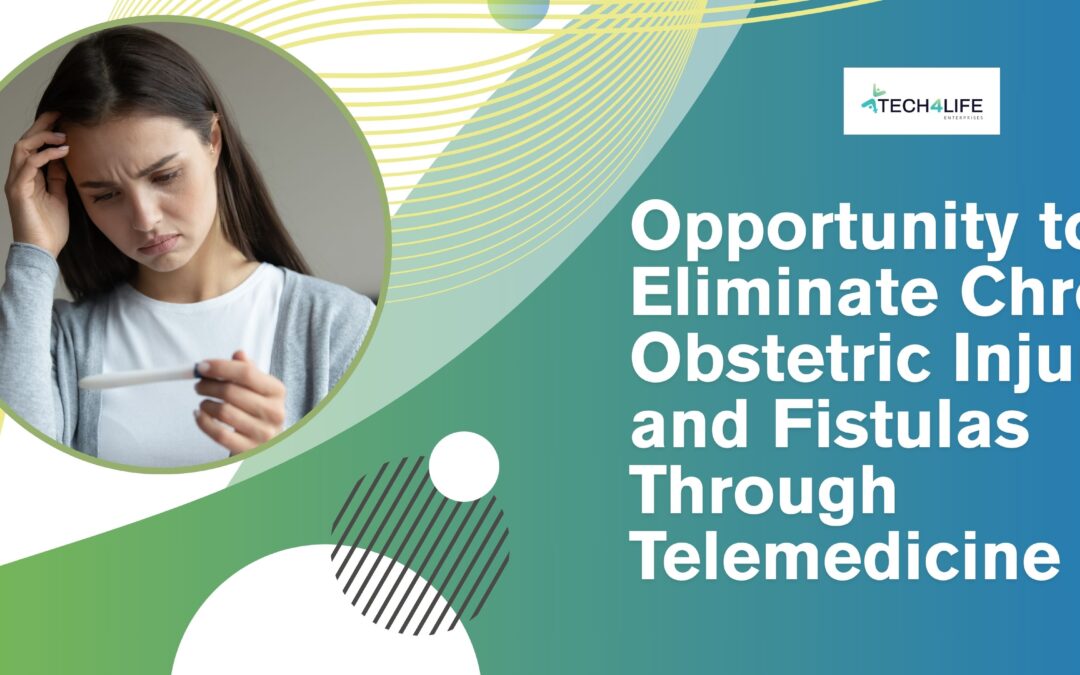Dr. Shariq Khoja
Despite the awareness and advancement in antenatal care, obstetric emergencies are still a reality. Fortunately, many parts of the world are equipped with proper referral systems and emergency facilities to deal with emergencies in deliveries, preventing chronic health problems, like fistulas, and mortality among mothers and babies. However, over 50 low-income countries still face a high incidence of obstetric fistulas, which is an injury suffered by women during childbirth, typically when a woman undergoes a complex delivery without early identification of risks, referral system, or emergency facilities. Prolonged obstructed labor in women may lead to significant tears in her recto-vaginal tissues, leading to maternal and fetal death, or tissue damage that can develop into an extreme form of incontinence. If left untreated, obstetric fistula leads to social ostracism and long-term medical issues https://www.directrelief.org/2019/01/ending-obstetric-fistula-together.
Saving lives of babies and protecting women from death and injuries during pregnancy and childbirth is not only a critical target for Sustainable Development Goals but also one of the most important agendas for several governments and international development agencies. However, shortage of trained health providers and experts in most low- and middle-income countries (LMICs), especially in rural and remote areas, makes these targets more difficult.
Telemedicine has shown promise in preventing such emergencies leading to obstetric fistulas, thus improving maternal health in many parts of the world. Following are three critical ways in which Telemedicine can help save maternal lives:
- Training and monitoring community midwives for providing better care to mothers during pregnancy and deliveries and identifying high-risk deliveries early. This can be achieved through sharing data quickly with the experts, continuous monitoring for high-risk cases, teleconsultations with obstetricians, conducting virtual ultrasounds, and AI generated models.
- Improving the referral systems by connecting different players, such as home and community-based health providers, emergency obstetric teams, obstetricians, transport, financial support, and other critical groups to help the women reach the best possible care at the time of emergency.
- Live consultations and monitoring of mothers and children during transport using emergency care equipment and supporting the attendants and health providers. This can be done through transfer of patient data, ultrasounds, and live teleconsultations.
Tech4Life has designed maternal and emergency telemedicine kits, equipped with advanced vital signs monitoring, cameras, ultrasounds, doppler machines, and live telemedicine equipment, which can be used for all three critical steps described above, thus saving maternal lives in LMICs and remote parts of the world and preventing obstetric fistulas.

